Samir Patel
Carbon Emission Prediction on the World Bank Dataset for Canada
Nov 26, 2022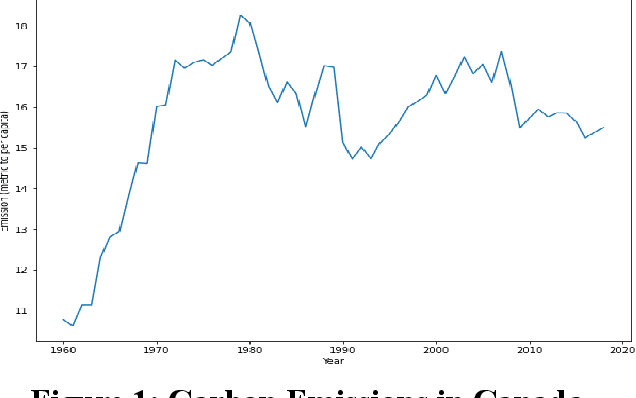
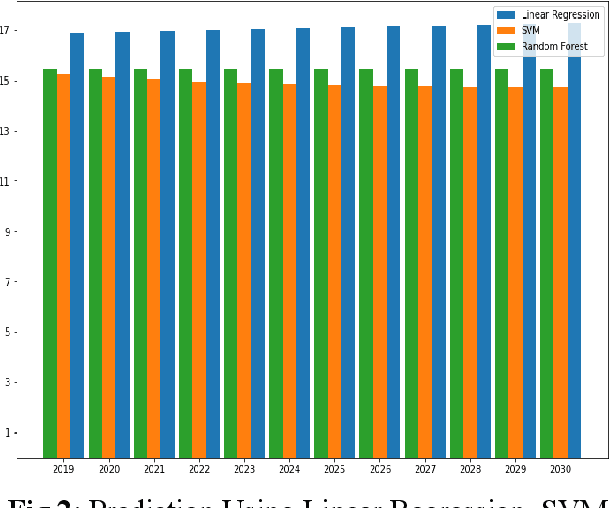
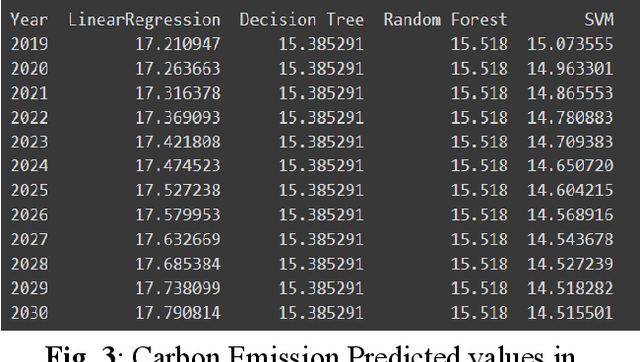
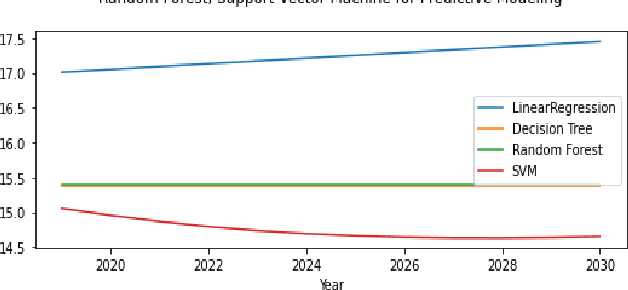
Abstract:The continuous rise in CO2 emission into the environment is one of the most crucial issues facing the whole world. Many countries are making crucial decisions to control their carbon footprints to escape some of their catastrophic outcomes. There has been a lot of research going on to project the amount of carbon emissions in the future, which can help us to develop innovative techniques to deal with it in advance. Machine learning is one of the most advanced and efficient techniques for predicting the amount of carbon emissions from current data. This paper provides the methods for predicting carbon emissions (CO2 emissions) for the next few years. The predictions are based on data from the past 50 years. The dataset, which is used for making the prediction, is collected from World Bank datasets. This dataset contains CO2 emissions (metric tons per capita) of all the countries from 1960 to 2018. Our method consists of using machine learning techniques to take the idea of what carbon emission measures will look like in the next ten years and project them onto the dataset taken from the World Bank's data repository. The purpose of this research is to compare how different machine learning models (Decision Tree, Linear Regression, Random Forest, and Support Vector Machine) perform on a similar dataset and measure the difference between their predictions.
A Computer Vision Approach to Combat Lyme Disease
Sep 24, 2020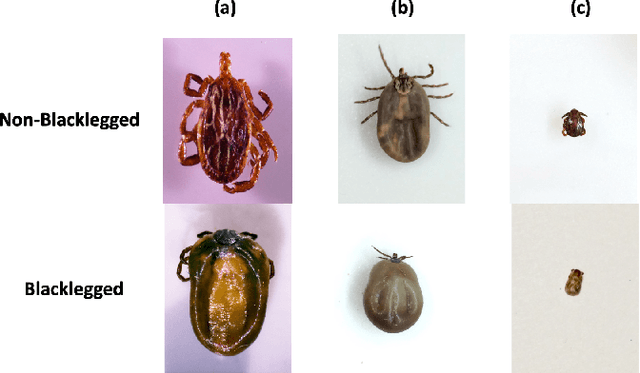
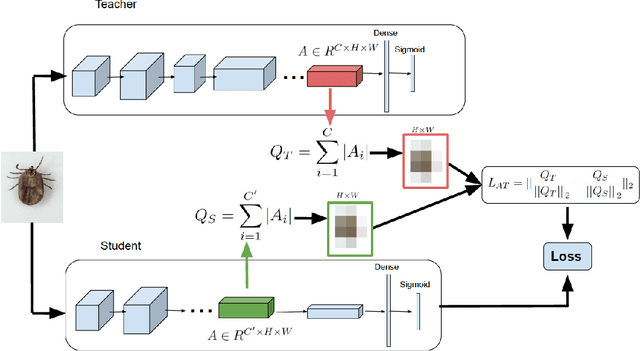
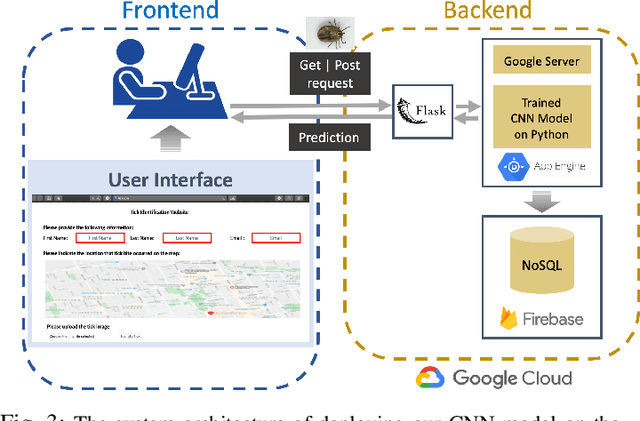
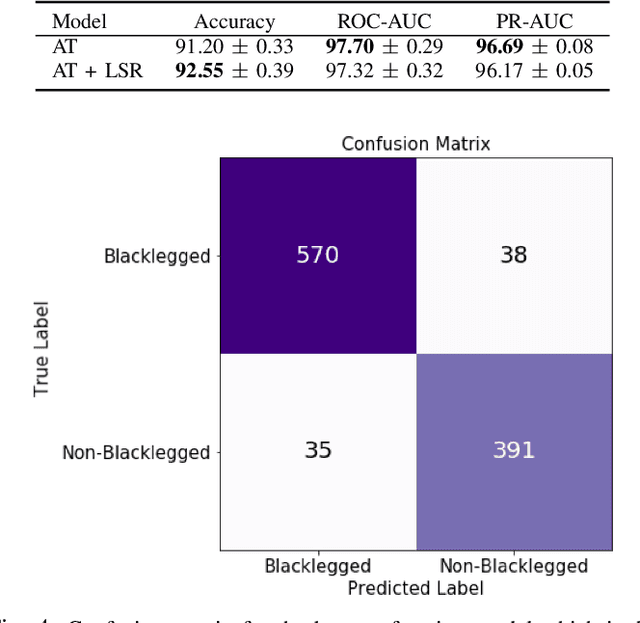
Abstract:Lyme disease is an infectious disease transmitted to humans by a bite from an infected Ixodes species (blacklegged ticks). It is one of the fastest growing vector-borne illness in North America and is expanding its geographic footprint. Lyme disease treatment is time-sensitive, and can be cured by administering an antibiotic (prophylaxis) to the patient within 72 hours after a tick bite by the Ixodes species. However, the laboratory-based identification of each tick that might carry the bacteria is time-consuming and labour intensive and cannot meet the maximum turn-around-time of 72 hours for an effective treatment. Early identification of blacklegged ticks using computer vision technologies is a potential solution in promptly identifying a tick and administering prophylaxis within a crucial window period. In this work, we build an automated detection tool that can differentiate blacklegged ticks from other ticks species using advanced deep learning and computer vision approaches. We demonstrate the classification of tick species using Convolution Neural Network (CNN) models, trained end-to-end from tick images directly. Advanced knowledge transfer techniques within teacher-student learning frameworks are adopted to improve the performance of classification of tick species. Our best CNN model achieves 92% accuracy on test set. The tool can be integrated with the geography of exposure to determine the risk of Lyme disease infection and need for prophylaxis treatment.
 Add to Chrome
Add to Chrome Add to Firefox
Add to Firefox Add to Edge
Add to Edge